- Home
- slideshows
- miscellaneous
- The most mind-blowing, life-altering scientific discoveries of 2018
The most mind-blowing, life-altering scientific discoveries of 2018
In February, SpaceX nailed an impressive feat: the company launched its re-usable, 27-engine Falcon Heavy rocket for the first time. It's the company's most powerful yet.

The payload on that Falcon Heavy rocket was Musk's red Tesla Roadster, complete with a dummy driver and a note on the dash: "DON'T PANIC!"
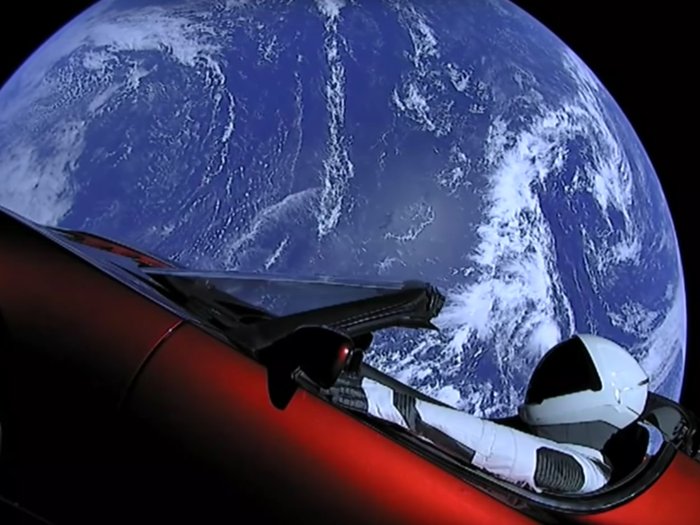
The car is still cruising the solar system today. In November, SpaceX announced it had sailed past Mars.
In March, scientists at NASA revealed new findings about how living in space can mess with your eyes and immune system.
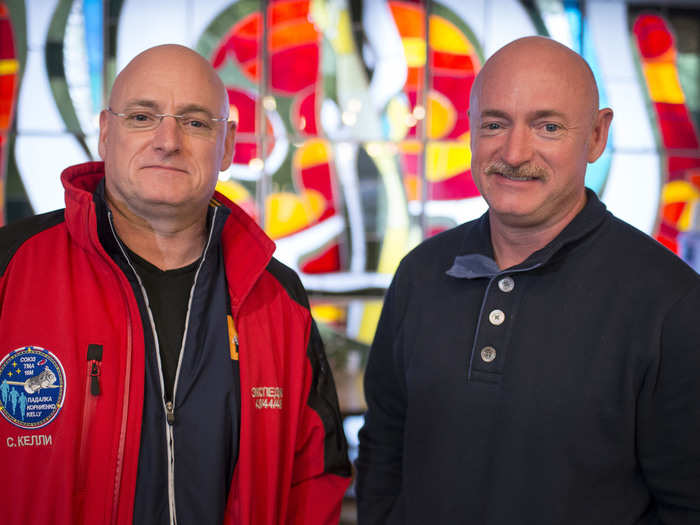
When NASA astronaut Scott Kelly left his identical twin brother Mark on Earth and spent a year in space, scientists seized on the opportunity to learn more about out how life away from our home planet can change a person.
Researchers found that up to 7% of Scott's gene expression hasn't returned to its Earthly "normal" state since he came back. Those changes may be part of the body's response to the stress of living in space, and they could lead to lasting consequences for Kelly's immune system and retinas.
Star-gazers spotted a new kind of aurora that travels farther south than most. Its name is STEVE.
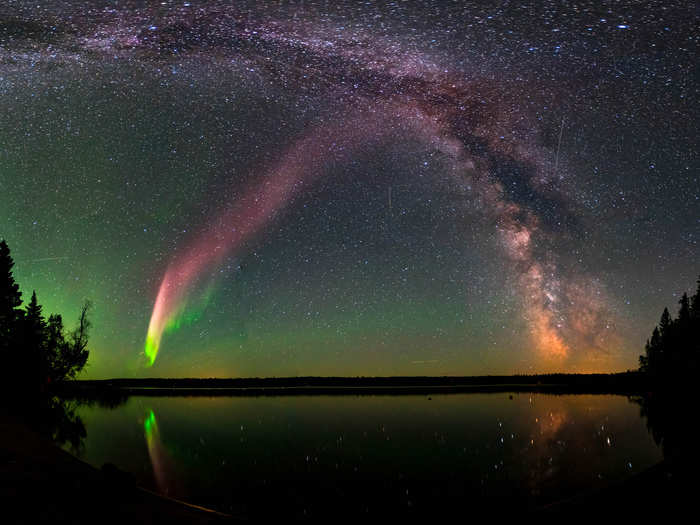
The purplish aurora travels on different magnetic field lines than others, so it can appear much closer to the equator than the Northern Lights.
The strange lights were first reported by citizen scientists in Canada in 2015. The amateurs formed a group and started working with researchers at NASA's Goddard Space Flight Center. The result of that collaboration — the discovery of a new kind of aurora — was published in the journal Science Advances on March 14.
STEVE (which stands for Strong Thermal Emission Velocity Enhancement) can be tough to see, though, because the display typically lasts for less than an hour.
After three years of studying Mars, Italian scientists determined in July that it's possible the red planet has a 20-kilometer-wide lake of liquid water at its polar ice cap.
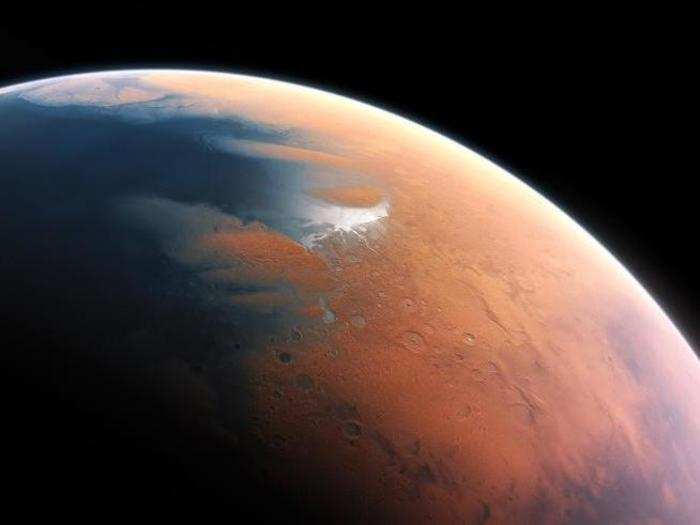
"If these researchers are right, this is the first time we've found evidence of a large water body on Mars," Cassie Stuurman, a geophysicist at the University of Texas told the Associated Press.
Other parts of Mars are too cold for water to stay liquid.
Astronomers found a ghost particle in Antarctica, revealing a source of some of the most high-energy radiation in the universe.
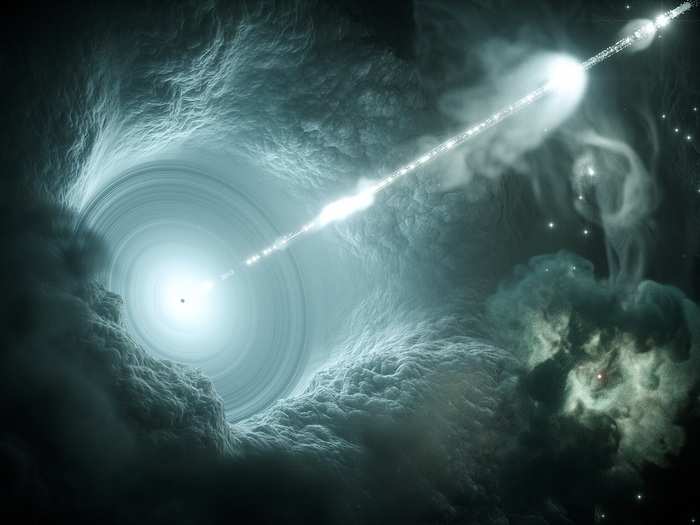
Researchers found the particle, a neutrino, in September using IceCube, an array of sensors embedded in Antarctic ice.
"When scientists tracked the particle back to its source they found a galactic monster called a blazar: a rapidly spinning black hole, millions of times the mass of the sun, that's gobbling up gas and dust," Business Insider's Dave Mosher reported.
Humans came closer to touching the sun than ever before, after the Parker Solar Probe launched in November.
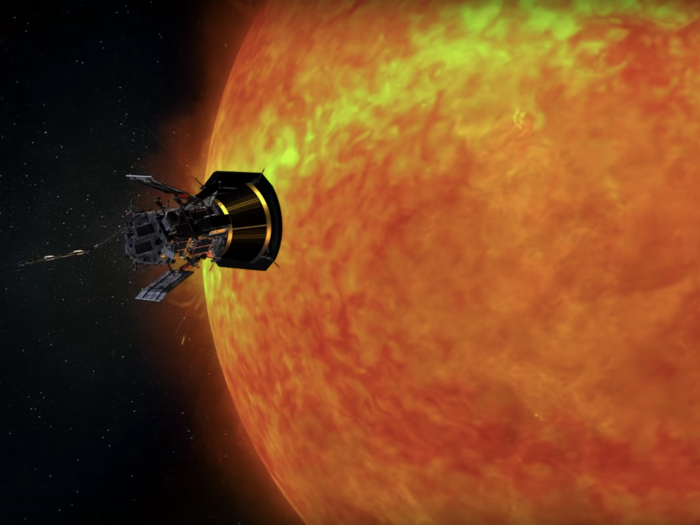
The probe is now the fastest human-made object, capable of flying past the sun at speeds up to 213,200 miles an hour.
Solar experts hope that by traveling through scorching-hot areas of the sun, which can be 3.6 million degrees Fahrenheit, the robot will help unlock mysteries about how our star works.
Back on Earth, a bountiful pirate's booty worth as much as $17 billion was discovered off the coast of Columbia.
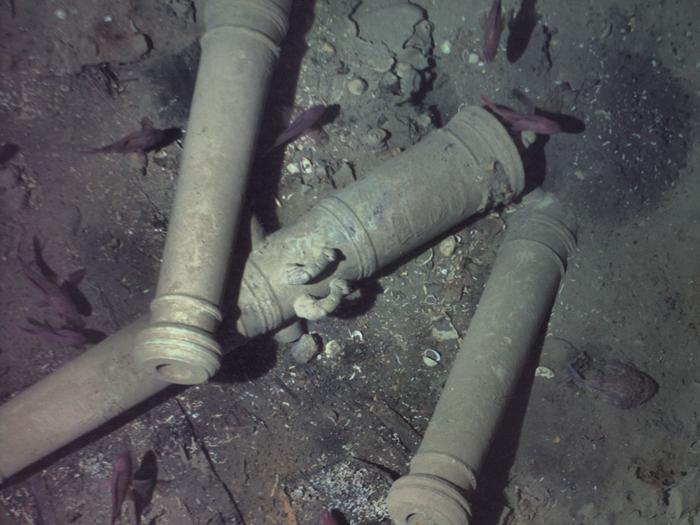
The treasure comes from a 310-year-old Spanish ship, the San José, which sank in the Caribbean Sea during a 1708 battle with British ships during the War of the Spanish Succession.
The wreck was first found in 2015, and engineers from the Woods Hole Oceanographic Institution in Massachusetts sent a submarine drone down to explore it in more detail. In May 2018, they finally revealed the details of their discovery.
The sunken bounty may include gold, silver, and emeralds.
A 24-year-old Dutch man invented and launched a plastic-trapping pipe that he hopes will help heal our oceans. (But it's running into some technical issues.)
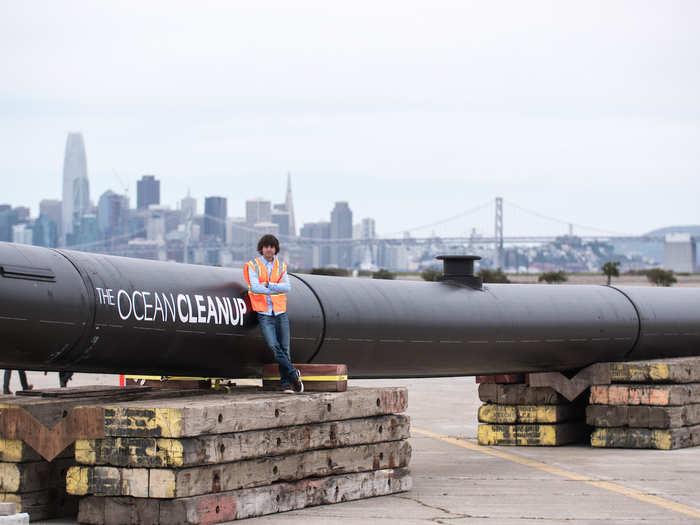
Boyan Slat hopes that his Ocean Cleanup device, which launched in September, will help make a dent in the growing plastic pollution problem. Plastics in the ocean are killing sea turtles and other life in the water at alarming rates.
But as the device combs through plastic stuck in the Great Pacific Garbage Patch, it's letting some of that plastic waste escape back out into the ocean, Slat wrote in November.
"We are positive we are close to making it work," he said.
Drugmakers scored some wins this year, too. There's a new pill for peanut allergies, but it can come with nasty side effects.

New allergy drugs like the one from Aimmune aim to re-train people's immune systems to tolerate allergens like peanuts. Promising data from a trial, which was published in November, showed that after a year on the treatment, 67% of kids with peanut allergies were able to tolerate about two peanuts, compared to only 4% of those who got the placebo.
But the results aren't always finger-licking good — because the drug includes peanuts, people can have severe reactions. More than 50 people in that trial had to get a shot of epinephrine after they had an allergic reaction.
Drugmaker Eli Lilly created a new kind of migraine drug, but it costs $575 a month.
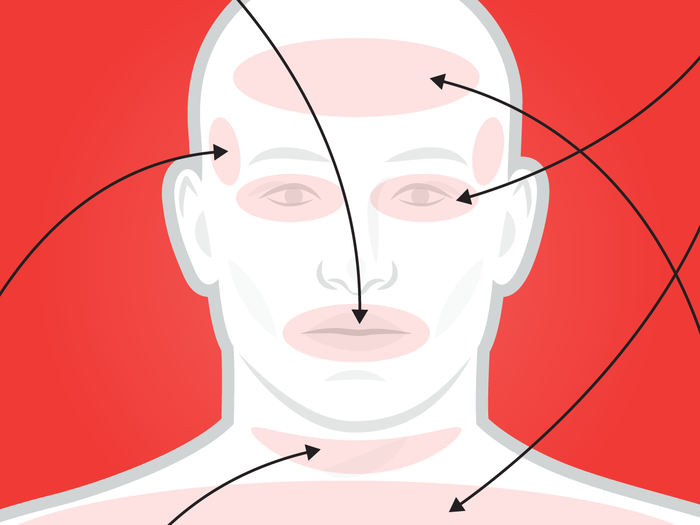
The treatment, which got the green light from the US Food and Drug Administration (FDA) in September, is the first drug that's been approved to treat migraines. Previously, migraine treatment involved tools or medications originally created to serve a different purpose, like Botox and anti-seizure medicines.
The FDA also approved a new drug that targets cancers based on DNA instead of tumor location.
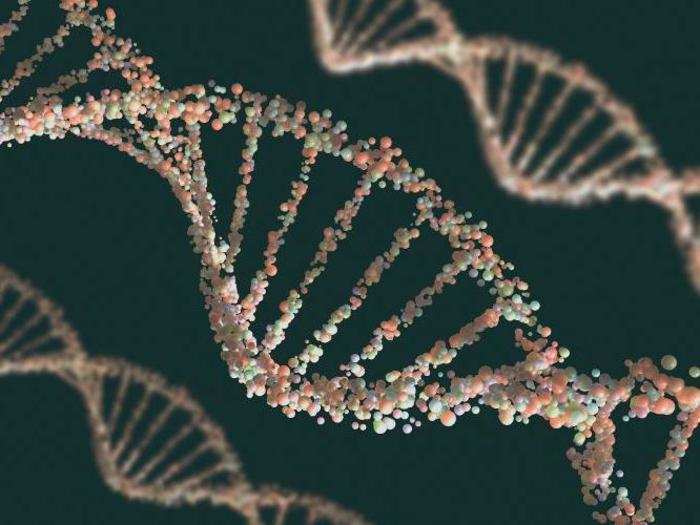
The drug, called Vitrakvi (larotrectinib), was developed by pharmaceutical company Loxo Oncology and approved by the FDA in November. Vitrakvi has already been tested on patients with lung, colon, breast and thyroid cancers.
Rather than going after certain types of cancer, the drug targets cancers based on genetically similar features (biomarkers).
"This new site-agnostic oncology therapy isn’t specific to a cancer arising in a particular body organ, such as breast or colon cancer," FDA Commissioner Scott Gottlieb said in a release. "Its approval reflects advances in the use of biomarkers to guide drug development and the more targeted delivery of medicine."
According to data released in October, Loxo said that 81% of patients who tried the drug saw their tumors shrink, while 17% of patients had their tumors disappear entirely.
The drug comes with a steep price tag, though: $393,000 a year.
Researchers have also been developing medical robots that are 1,000 times smaller than a human hair and can suffocate tumors.

This IV-injectable robot has been successfully deployed inside mice and pigs with breast, skin, ovary and lung cancers. After five years of research, the team of scientists behind the nanorobot published their work in February.
The killer robot attacks the tumor by blocking off its supply of fresh blood. Scientists haven't tested it out in humans yet, though.
Cancer researchers also found new evidence that high-fat, low-sugar diets might help kill cancer cells when used in tandem with a certain type of drug.

Researchers are zeroing in on potential ways to make cancer drugs more effective by changing patients' diets.
In July, a team of doctors published the results of a study in which they put mice with cancer on low-carb, high-fat ketogenic diets while administering a treatment called a PI3K inhibitor that's designed to kill tumors. The results showed that the diet-treatment combination improved the medication's effects.
Scientists are now moving forward with a human trial.
"We hope very much that we would see, in the future, a much more careful assessment of what diet means and how diet can affect chemotherapy," Siddartha Mukherjee, the study's lead co-author and an oncologist at Columbia University's Irving Medical Center, told Business Insider.
Scientists figured out a way to grow meat in a lab without relying on any products from slaughtered animals.
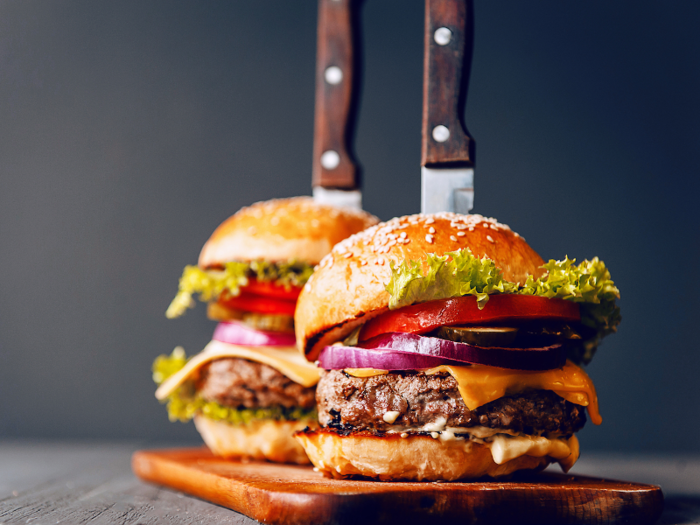
A handful of startups are racing to create real pieces of meat out of animal cells in a lab.
But for the most part, the food that's used to coax those cells to proliferate is an animal product called fetal bovine serum, which comes from slaughtered cows. That means the lab-grown meat isn't yet cruelty-free.
However, the Dutch startup Meatable claims to have solved that problem by using only stem cells from animals' umbilical cords.
"This way, we don't harm the animals at all, and it's material that would otherwise get thrown away," Krijn De Nood, Meatable's CEO, told Business Insider in September.
The company aims to begin serving its slaughter-free burgers and sausages to restaurants in roughly four years.
In Egypt, archaeologists opened a 30-ton black sarcophagus and found three skeletons.
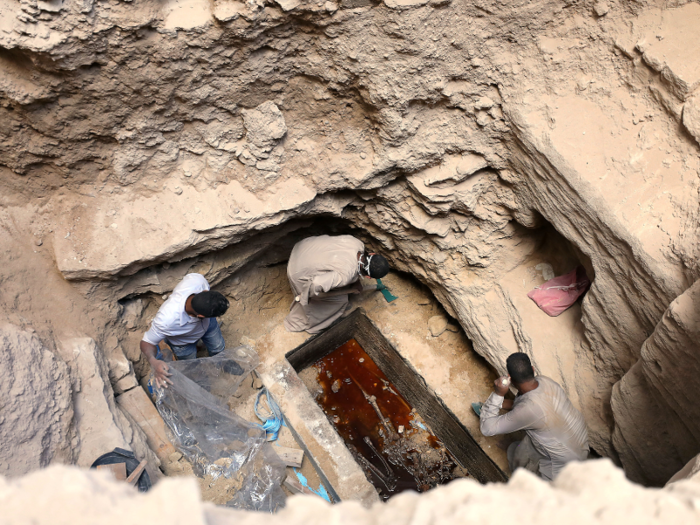
The 2,000-year-old sarcophagus was discovered in July by a construction crew working in the Mediterranean port city of Alexandria.
Some people worried that opening the casket might unlock a nasty curse, but archaeologist Mostafa Waziri, the secretary-general of Egypt's antiquities ministry, pooh-poohed that idea.
"I was the first to put my whole head inside the sarcophagus," Waziri said. "Here I stand before you ... I am fine."
The three skeletons found in the sarcophagus were most likely soldiers, according to Egypt's antiquities ministry, and one skull showed signs of fractures caused by a sharp instrument.
Egyptian excavators also found a 3,200-year-old dairy product: the world's oldest cheese.
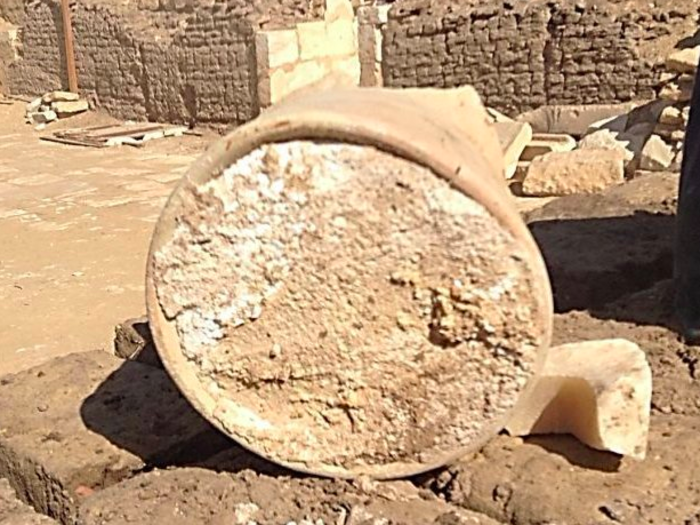
The cheese was found in the tomb of a 13th-century BCE mayor of Memphis, Egypt, excavators announced in August.
Investigators think it's either cow- or goat-milk cheese.
Cheese-lovers on social media quickly exclaimed that they wanted to eat the ancient curd, even though it might contain deadly bacteria.
Chinese scientists announced in January that they'd cloned monkeys, thereby breaking the "technical barrier" for cloning humans.
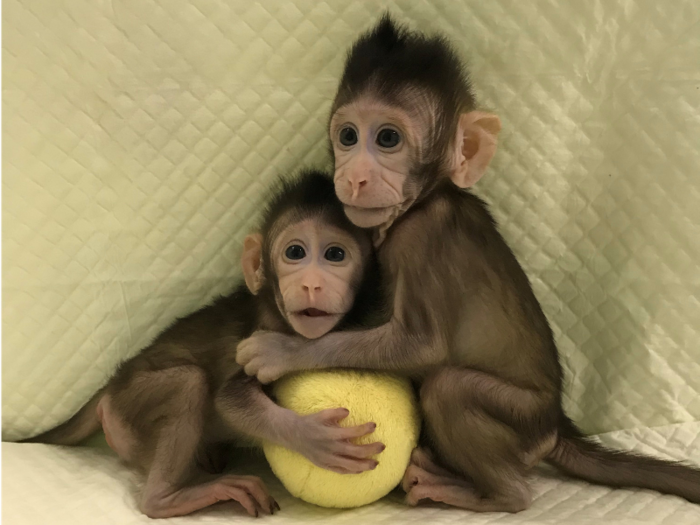
The scientists at the Chinese Academy of Sciences Institute of Neuroscience cloned the monkeys using the same technique that produced Dolly the sheep two decades ago. But it's still very difficult to clone primates: it took 127 eggs to produce two live macaques. (Scientists named the baby monkeys Zhong Zhong and Hua Hua.)
The researchers said they do not intend to clone people any time soon. Instead, they want to use the scientific breakthrough to better study diseases and potential new drugs.
Researchers also figured out other advanced new ways to make babies. But a recent announcement about genetically edited babies drew questions and criticism from scientists around the world.
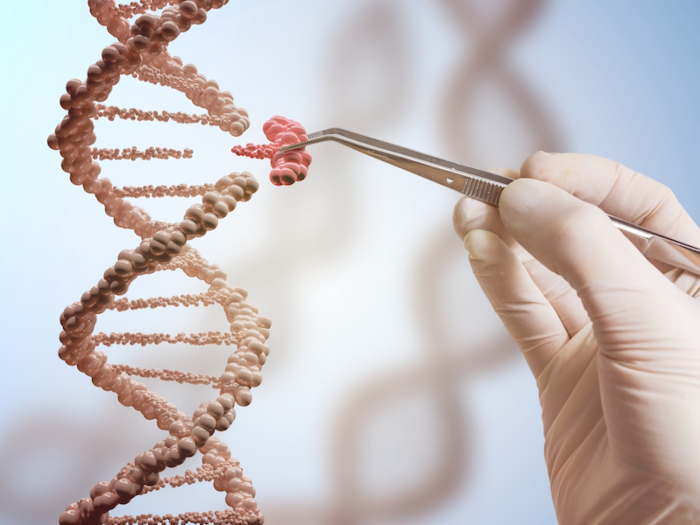
In October, scientists announced that they'd birthed healthy baby mice from two moms and no dad. And this month, doctors reported a woman who received a transplanted womb from a deceased organ donor gave birth to a baby girl.
But a more controversial announcement came from Chinese scientist He Jiankui, who claims to have successfully edited the genes in a pair of twins born in China in November. By using a cut-and-paste DNA-editing technique called CRISPR, he said, the babies were born immune to HIV.
Jiankui hasn't produced any evidence to back up his claims, though, and it's not clear why anyone would need to genetically edit babies to ward off HIV, since life-saving drugs already exist for the auto-immune disease.
Scientists also worry that if Jiankui's claims are true, the changes he made could have far-reaching consequences, since any genetic mutations the babies may have would get passed on to their offspring.
Scientists also learned more about our human ancestors this year. It turns out that early humans didn't hesitate to get freaky with other species, and interbred with hominins like Denisovans and Neanderthals.
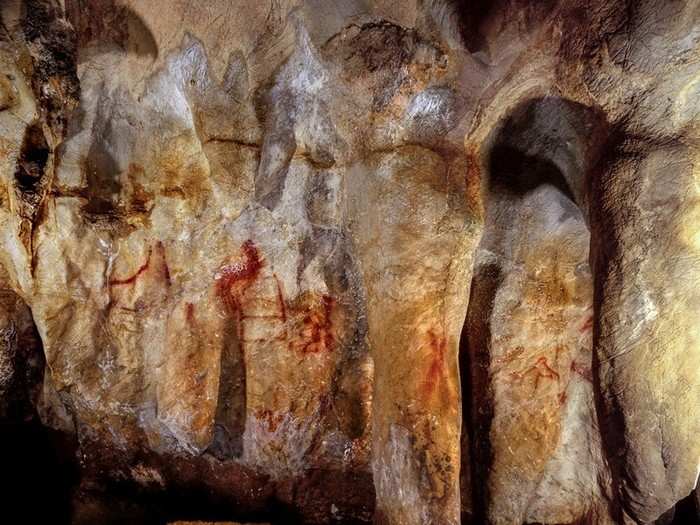
A genetic study published in March revealed that as early Homo Sapiens made their way out of Africa, they had sex and interbred with Denisovans on numerous occasions.
A female scientist won the Nobel Prize in physics this year for only the third time ever.
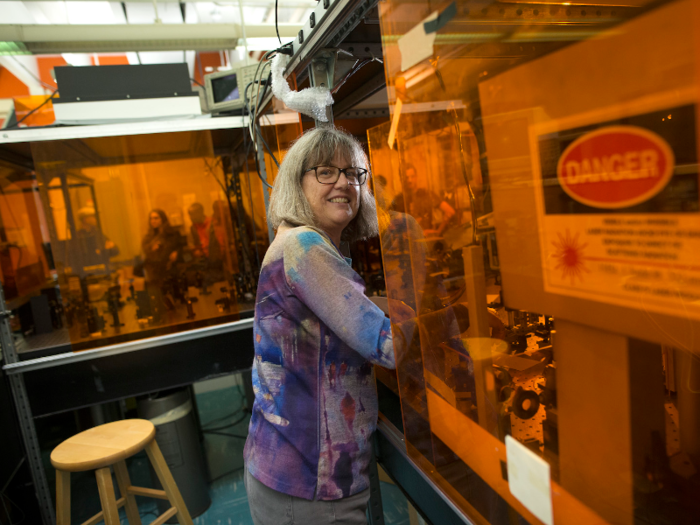
Donna Strickland, an associate professor of physics at the University of Waterloo in Canada, shared the 2018 Nobel Prize in physics with a French scientist for her work on lasers.
The Nobel Prize in physics has been awarded to 210 people. Strickland, whose Wikipedia entry had previously been rejected because she wasn't famous enough, was surprised to learn that out of all those winners, she was only the third woman.
"Is that all, really? I thought there might have been more," she said. "We need to celebrate women physicists, because we're out there."
This year, a female chemist won the Nobel Prize, too. Frances Arnold became the fifth woman since 1901 to get it. The award recognized her work in using directed evolution to produce enzymes for new chemicals and pharmaceuticals.
"All this tremendous beauty and complexity of the biological world all comes about through this one simple, beautiful design algorithm," Arnold said after she won half of the 2018 prize. "What I do is use that algorithm to build new biological things."
The Nobel Prize in chemistry has been awarded to 181 people since 1901.
Scientists discovered two new kinds of giant dinosaurs.
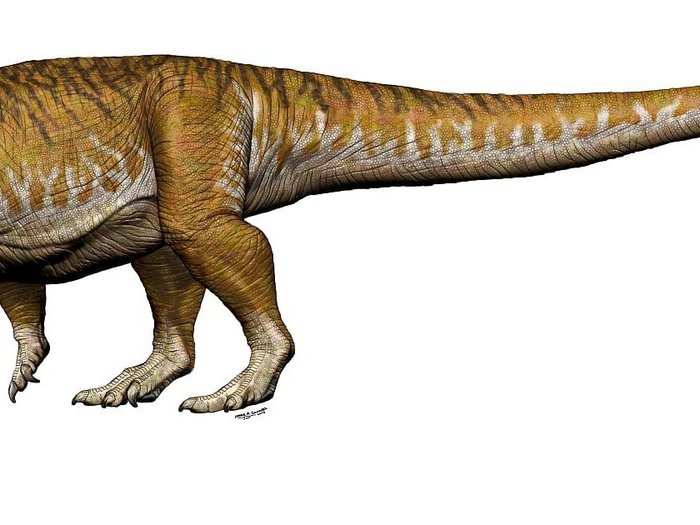
A study about one new species, which was discovered in Argentina, was published in July. The creature is called Ingentia Prima, a name derived from the Latin words for "huge" and "first." The dinosaur weighed as much as three African elephants when it roamed 210 million years ago (that's 30 million years earlier than scientists previously thought giant dinosaurs existed).
Another dinosaur, called Ledumahadi mafube, was discovered in South Africa, according to research published in September. It's believed to have lived roughly 200 million years ago. That means both creatures would've been around at the time of Pangea, when the world's land was still one supercontinent.
"It shows how easily dinosaurs could have walked from Johannesburg to Buenos Aires at that time," Wits University paleoscientist Jonah Choiniere said.
Climate scientists learned more about how our warming planet is hurting us.
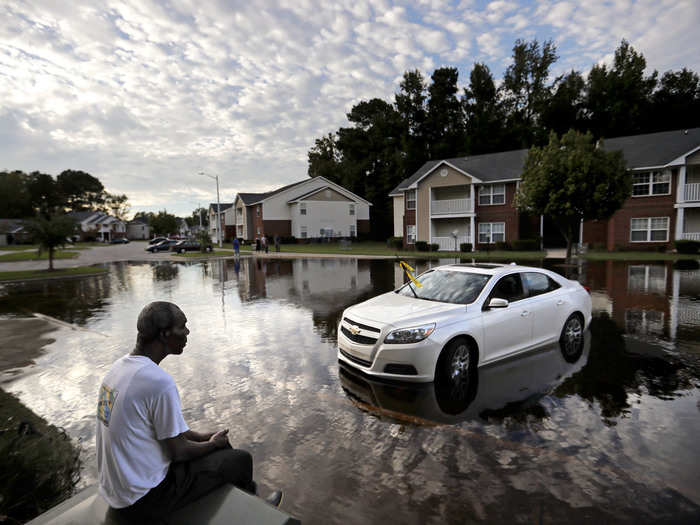
Scientists estimated Hurricane Florence, which hit the US in September, was more than 50% wetter than the storm would have been without climate change.
The heat-trapping gas that's been added to Earth's atmosphere through the burning of fossil fuels also means that a trillion dollars in coastal real estate could be threatened by the end of this century. That's according to a recent report released by the Trump administration, which also found that thousands more people will die each year from heat-related conditions if we keep up business-as-usual.
But scientists are also coming up with promising solutions that could limit the planet's temperature rise if we take action now.
Investigators cracked the Golden State Killer case using DNA matching. The implications of that strategy are huge.
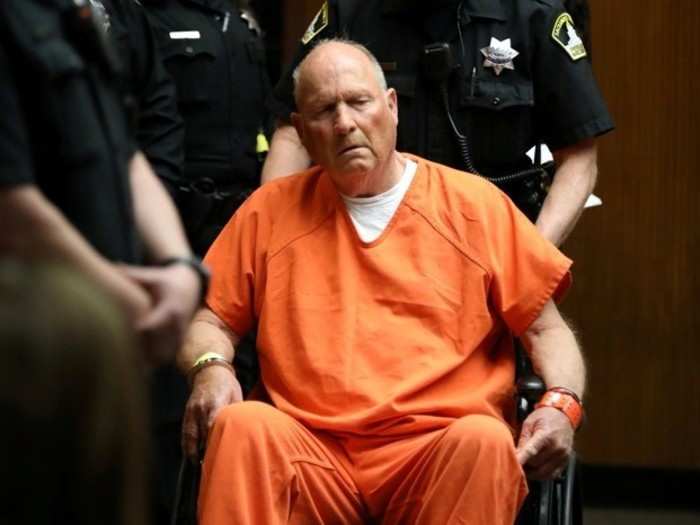
The suspected Golden State Killer, who'd been at large for more than three decades, was finally caught in April because a distant relative's DNA was available on a public genealogy website.
A study released in October estimates that 60% of white Americans— who are the biggest consumers of DNA testing services— could now be identified up to a "third cousin or closer" using available DNA data.
This was a banner year for scientists in US politics: Americans elected at least 10 new science pros to Congress.

Nearly all of those successful scientist candidates were Democrats who unseated Republican incumbents in the 2018 November midterm elections.
After 129 years, the world started using a more accurate measurement of a kilogram.
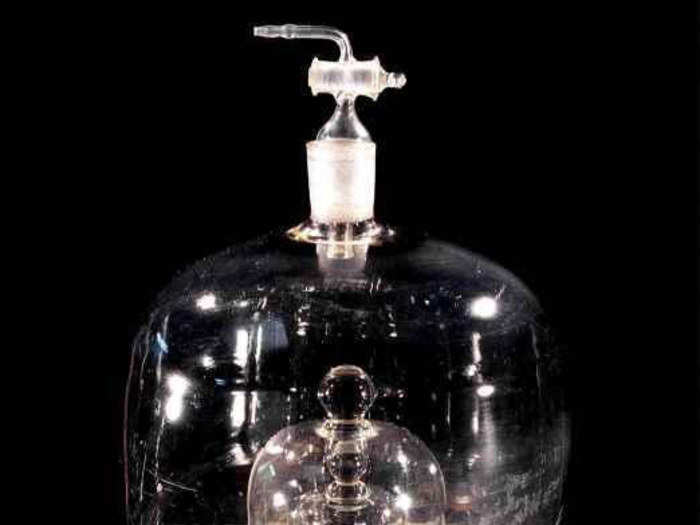
The weight used to measure kilograms previously, a hunk of platinum-iridium called "Le Grand K," was losing mass.
Scientists gathered in Paris in November and voted to retire the old weight, which had been in use since 1889. Instead, they voted in favor of using the Planck constant (h), which is based on the amount of electricity needed to counteract a kilogram's force.
Several couples started trying out a new kind of male birth control that comes in the form of a shoulder-rub gel.

The hormonal gel is designed to be rubbed into a man's shoulders once a day.
Researchers hope it'll give men and their families more male birth control options than the standard condoms and vasectomies.
The year-long trial just got underway, but no pharmaceutical companies have stepped forward yet to fund the drug.
A Paris-sized impact crater was discovered under Greenland's ice. The meteorite responsible may have have weighed 5 billion tons.
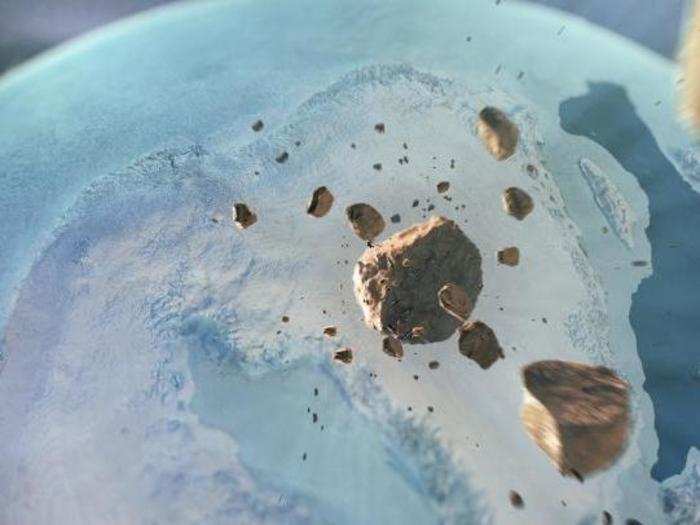
A study published in November described the crater, which was made by a half-mile-wide iron asteroid that slammed into Greenland between 12,000 and 3 million years ago.
A giant meteor could still slam into us today, which is why one retired astronaut is urging NASA to send a telescope up into space to spot the threats.
"For God's sake, fund it," retired NASA astronaut Russell "Rusty" Schweickart told Business Insider.
There's a lot more fascinating science to look forward to in 2019. For one, there's a new lander on Mars.
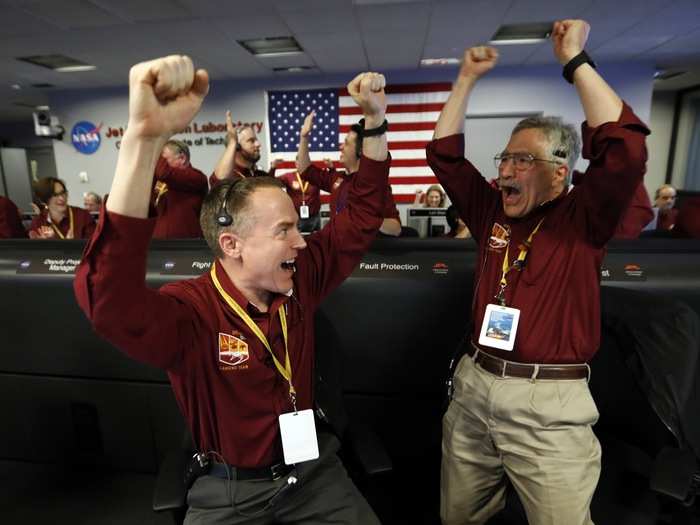
The NASA InSight lander spent more than six months careening through space before it landed safely on Martian soil in November.
The quake-hunting robot could reveal new secrets about why Earth became such a nice place for us to live, while Mars wound up a cold desert planet.
People will continue striving to push human limits on Earth, too. At the bottom of the world, two men are attempting to travel across Antarctica unaided — which would be a first for humanity.
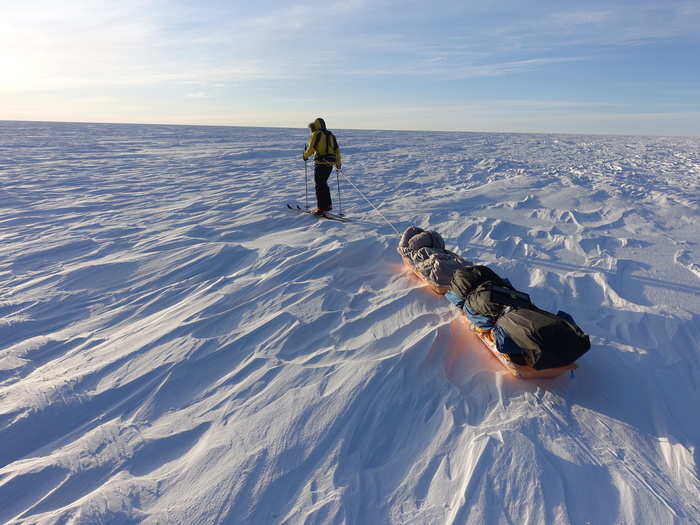
"Everyone has reservoirs of untapped potential inside of themselves and can achieve really incredible things," 33-year-old adventurer Colin O'Brady said in November, before starting his 70-day trek.
Popular Right Now
Popular Keywords
Advertisement